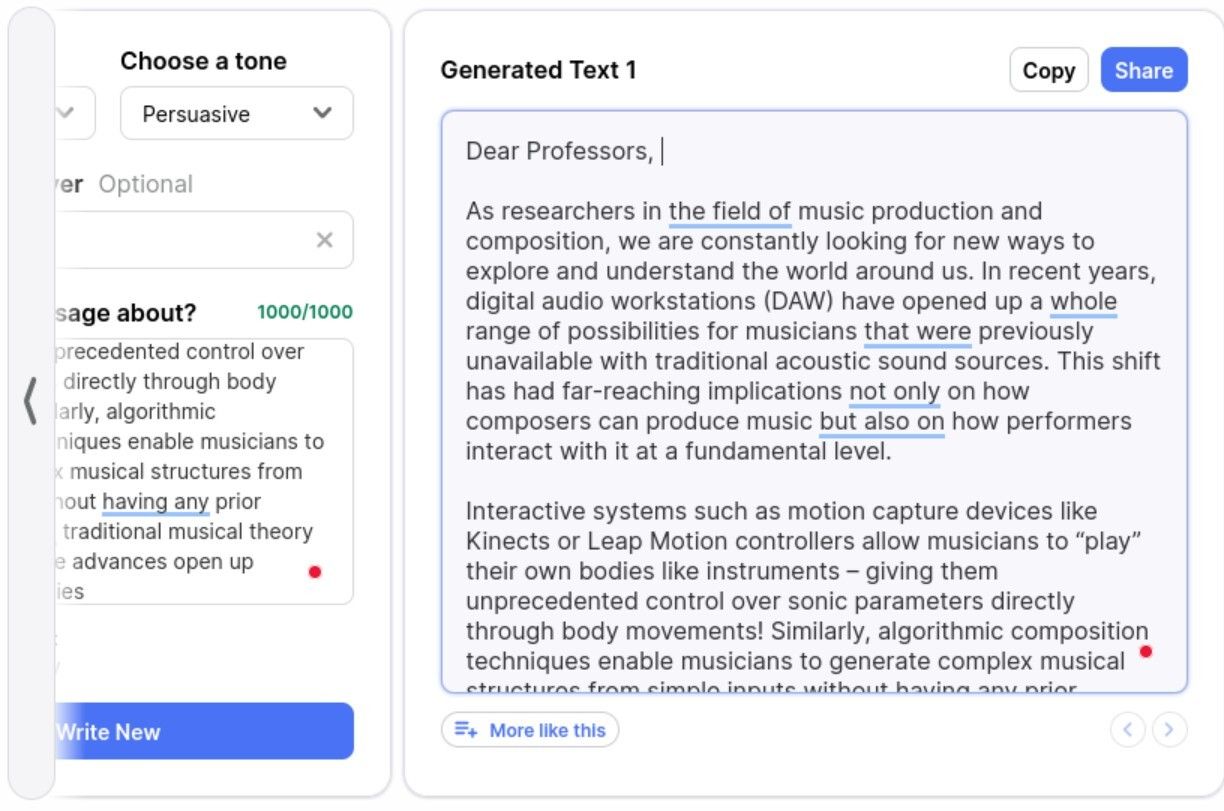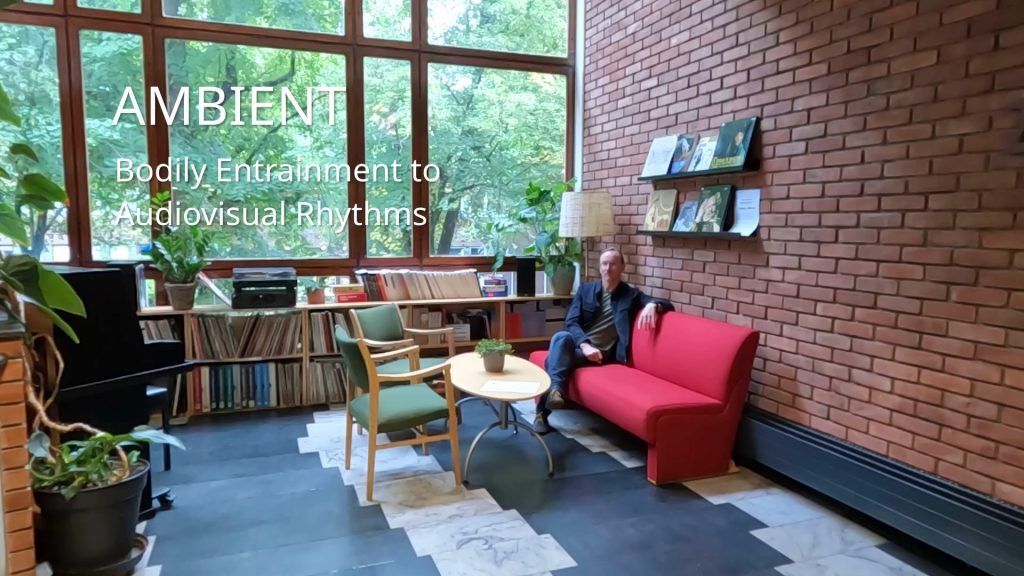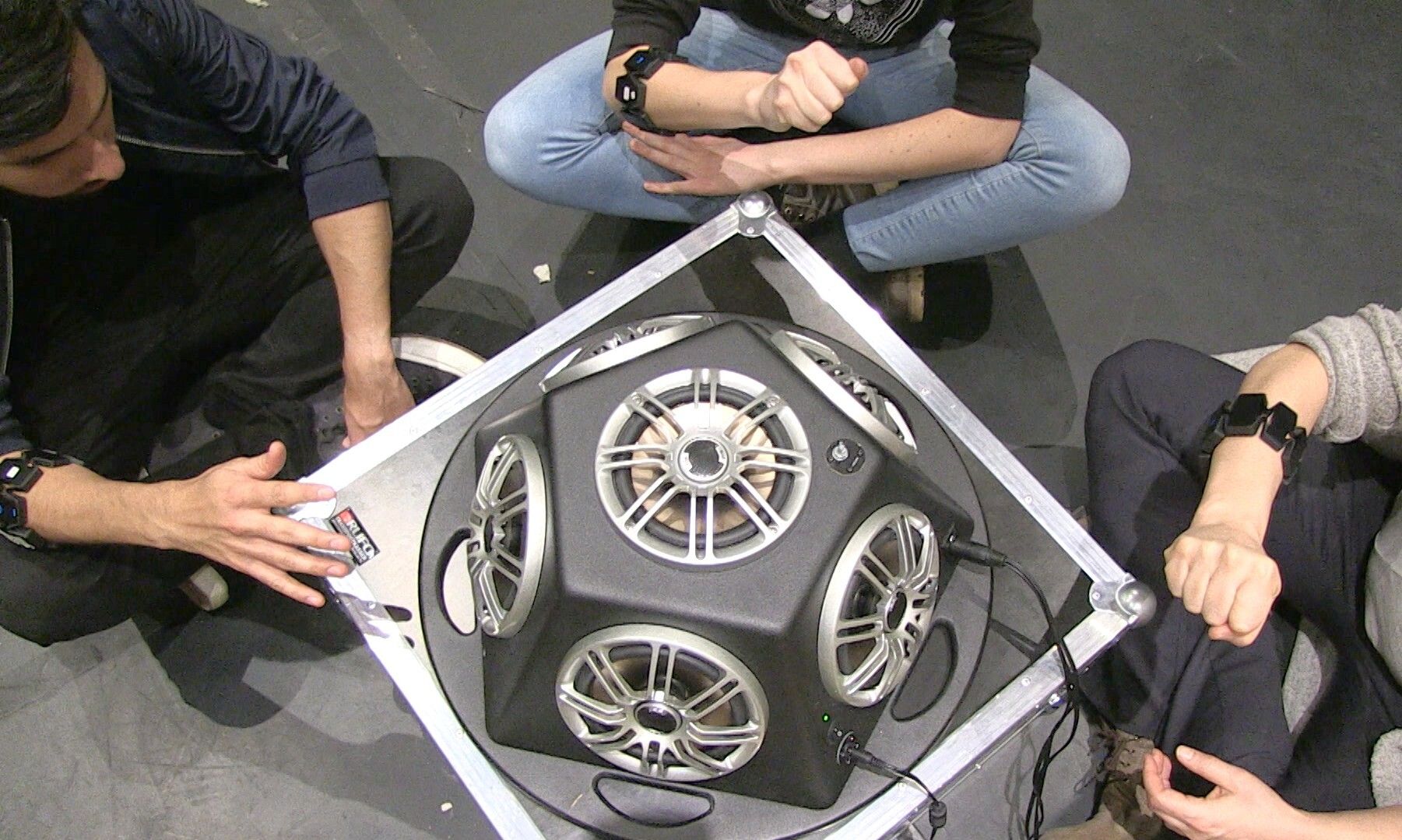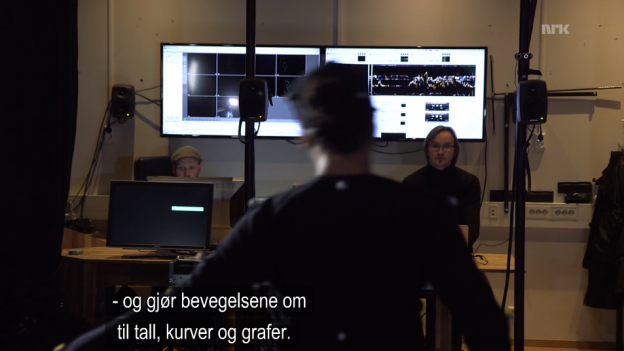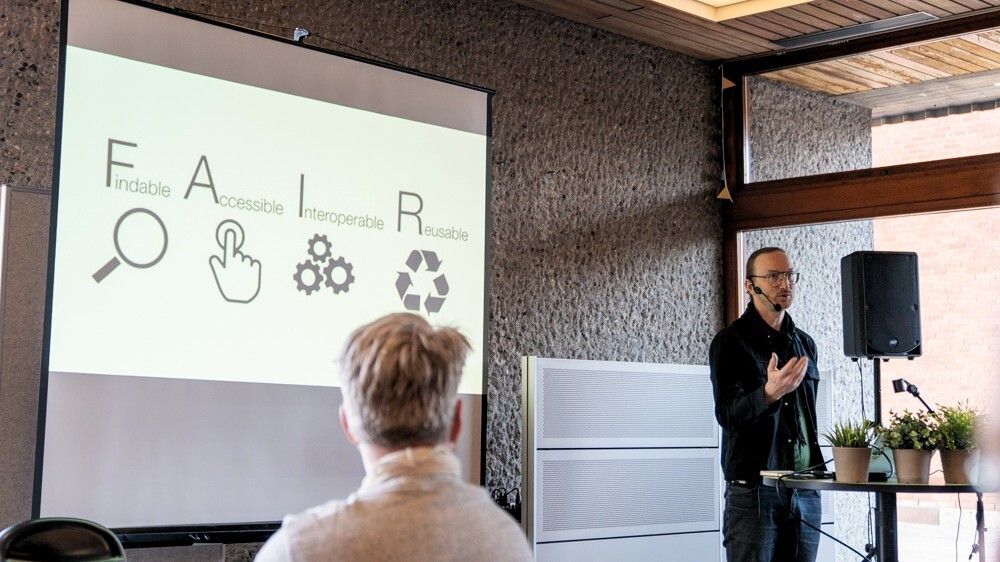
FAIR data as an enabler for research-led education
As part of my duties as a Norwegian member of EUA’s Open Science Expert Group, I was asked to write an “expert voice” on how to think about FAIR data from an educational perspective. Below is a copy of my short article. How Findable, Accessible, Interoperable and Reusable data enables research-led education FAIR data is an essential component of the open research ecosystem. In this article, Alexander Refsum Jensenius argues that “FAIRification” can also benefit research-based and research-led education, providing opportunities to bring together different university missions....
